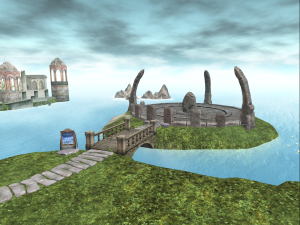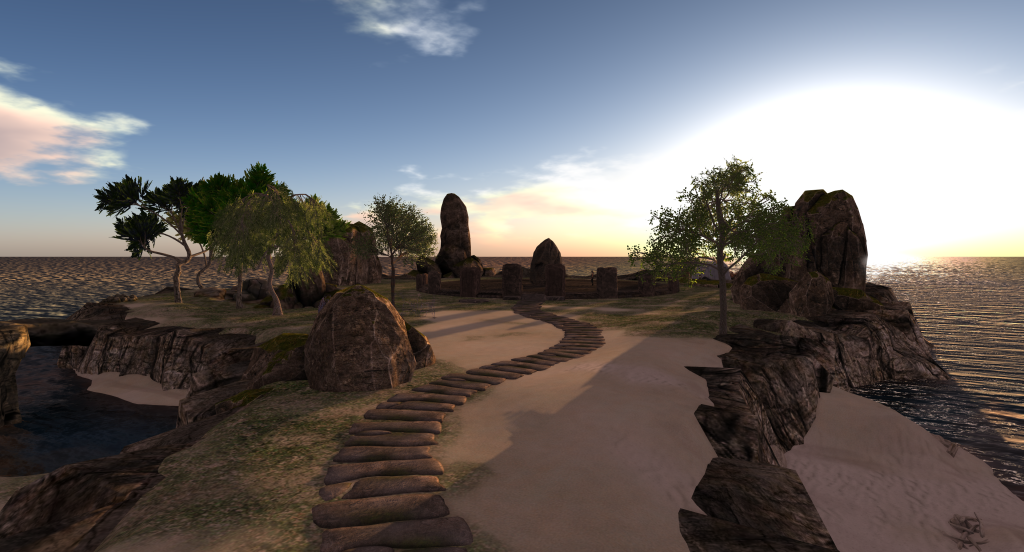 We’re proud to announce that our in-world Community Immersive Theater, studio, and store have moved to the next-door Chiaroscoro Isle region.
We’re proud to announce that our in-world Community Immersive Theater, studio, and store have moved to the next-door Chiaroscoro Isle region.
This move was planned as part of an expansion and reshuffling of regions in our micro-continent for better show … Read the rest
